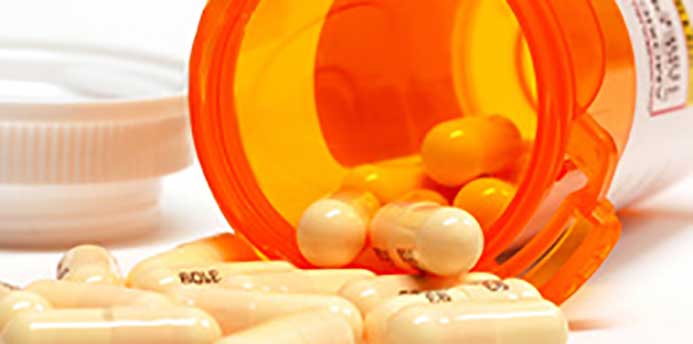You might worry about your teenager drinking or smoking pot, but statistics show, you also need to worry about them misusing prescription drugs.
The University of Michigan longitudinal study, “Monitoring the Future” surveys U.S. teens annually. In their 2011 report, they found that 15 percent of teens misused prescription drugs, with Vicodin and Adderall the two most commonly abused.
Easy Access to Meds
Dawn Smith found out the hard way that not only is Vicodin attractive to teens, but it’s easy for them to get. Her 16-year-old son refilled his father’s prescription for Vicodin simply by using the prescription number and calling in a refill. The 16-year old picked it up without any questions from the pharmacist.
Mike Patton, executive director of the Illinois Pharmacists Association, notes that under current law, Vicodin, which is made from hydrocodone, is a Class III drug that is subjected to far fewer restrictions than a Class II prescription like Oxycodone or Ritalin. An ID check is not required, and there are no age restrictions. This classification may be changing soon, as an FDA panel on drug safety voted in January 2013 to reclassify hydrocodone drugs as Class II. However, the FDA has not made a final decision, so for the time being, the drug is widely available.
According to Smith, it’s so easy to refill a prescription that kids are using their cell phones to take photos of prescription drug labels while at friends’ houses. No pills are taken, so parents don’t suspect anything, and then the teen uses the prescription number to call in a refill.
Dangerous for Teen Brains
“(Vicodin) is probably the most abused of the CIII’s,” says Sanford Foreman, pharmacy manager at NorthShore University HealthSystem. He explains that if you’re not in pain, but you take a drug like Vicodin, then the drug works on the brain instead of the pain and you feel high.
And for an adolescent brain that’s still developing, that is big trouble, says Dr. Laura Parise, an expert in addiction psychiatry. “Drugs change the way your brain functions. It makes it harder to feel good without them,” she says. And she notes that drug use often runs in families for two reasons. First, if it’s in the house then it’s accessible. Second, there’s a strong genetic component to addiction.
Preventing Prescription Drug Abuse
So what’s a parent to do? All the experts interviewed for this article agree that prescription drug abuse flies under the radar for many parents. There are no blood shot eyes, no water bottles filled with vodka and many teens are moody one minute and euphoric the next without any substance use.
The first step might be the hardest, and that’s to look at your own prescription drug use. According to the Partnership at Drugfree.org, 28 percent of parents have taken a prescription drug that wasn’t prescribed for them. It’s not necessarily drug abuse, but it does send a message to kids that it’s fine to share or use prescription drugs for reasons other than the original condition.
Next, as Smith learned, keep your drugs locked and out of sight. Parents should be as vigilant about their prescriptions as they are about alcohol if they have teens around.
Finally, don’t feel like it’s dorky to ask your kids about what they know. They probably have a friend who has “borrowed” Ritalin to focus before a test, or know a girl who likes to use Vicodin before a party. It’s not an easy topic to bring up, but you can be sure your teen won’t raise the subject, so it’s up to you.
Smith’s son entered an inpatient program, which means she didn’t see her 17-year-old son for six months. When she talks about how much she missed her son, you can hear the sadness in her voice. “I could hide this and pretend it didn’t happen,” Smith says. “But I feel a moral obligation to get this (issue) out there and not wait for someone to die.”
Photo: Prescription by Bigstock

